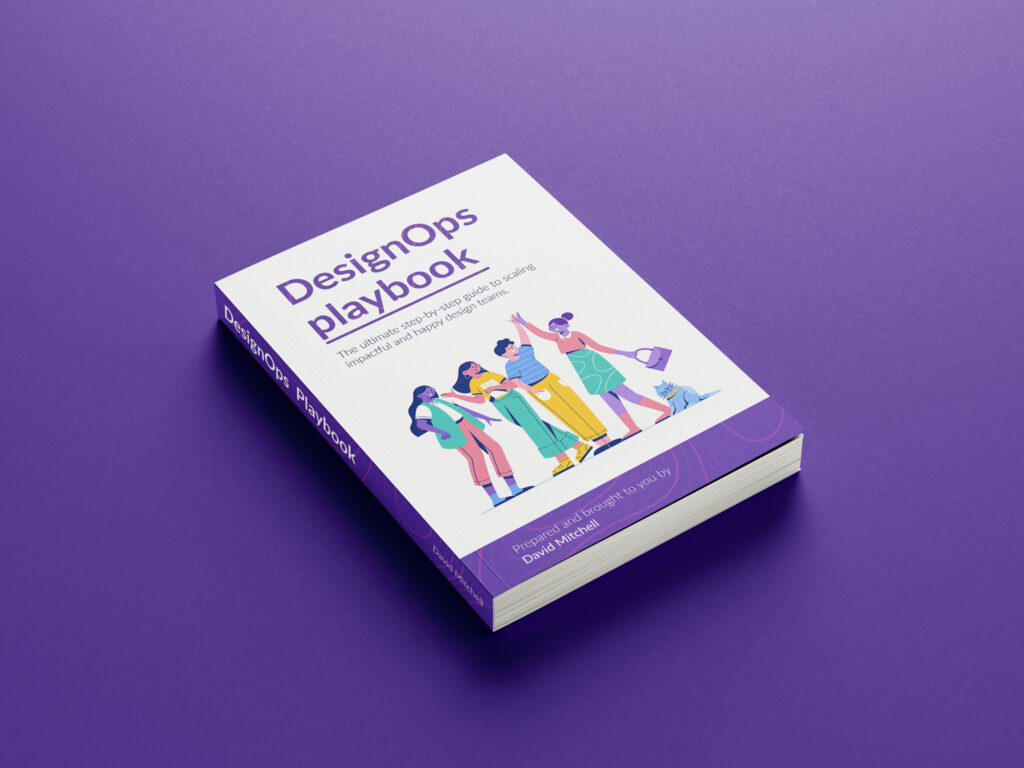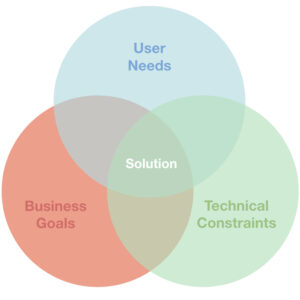Leadership
One of the values of a great design leader is helping your teams grow to achieve their full creative potential and empowering them to do great work.
My design leadership style is people first: people are foundational to building great things. With people at the centre, I operate using the four P's of leadership: success for People, Partners, Projects, and Processes.
My leadership style
People Success
I achieve success for people by:
• Developing high-performing leaders who inspire others
• Co-piloting the careers of my direct reports
• Caring for my team, peers, and partners as people
• Recognising team members for good work
• Providing timely and helpful feedback, delivered with empathy and encouragement
• Building inclusive and diverse teams with diverse skillsets
Partner Success
I achieve success with peers and cross-functional partners by:
• Getting design a seat at the table as part of product development process
• Ensuring design, product, and engineering work well together
• Amplifying business and operational goals
• Aligning goals through weekly 1:1s and planning meetings
• Surfacing issues early, and working through them together
• Cultivating an environment of trust and responsibility
Project Success
I achieve success for projects by:
• Aligning projects to roadmaps, quarterly and yearly planning goals
• Ensuring designers have enough maker time as opposed to meeting time
• Catalysing project retrospectives to foster learning and self-awareness
• Design, product, and engineering have a shared sense of ownership over project success
• Increase the level of craft and business impact of each designer’s project work
Process Success
I ensure we follow the right processes, such as:
• Ensuring product development is customer-driven by incorporating user research and strategy properly
• Solving design debt, developing design principles, ensuring quality is upheld
• Aligning designOps, workflows, and structures with business goals
• Representing design in town halls, strategy decks, planning cycles and org design
• Helping designers prioritise competing priorities from multiple stakeholders across multiple projects
• Evaluating processes for their ROI, and simplifying cumbersome processes
Foundations of Design Management
These are key indicators of the performance and potential of a design team, which underscore success for people, partners, projects, and processes.
Productivity
It’s important to balance ‘maker time‘ (what you were hired for) and ‘meeting time‘ to stay aligned and remain proactive.
Team health
Decisive leadership with empathetic mentorship builds loyalty and fulfilment for designers and researchers.
Team output
Crafting and upping the design quality no matter the level of the individual, inherently reducing design debt and improving ROI.
Team growth
Sharing knowledge and seeing growth, making an impact and balancing healthy attrition.
Design team operations
DesignOps is the glue that holds the design organisation together, and the bridge that enables collaboration among cross-disciplinary team members.
My DesignOps playbook allows the optimisation of people, partner, project and processes to amplify design’s value and impact at multiple scales. I have spoken with design leaders and researched sources to formulate this step-by-step guide for successful design operations in different organisation sizes.
The guide addresses challenges such as:
• Growing and evolving design teams
• Finding and hiring people with the right skills
• Creating efficient workflows
• Improving the quality and impact of design outputs.

Product ownership
The trio of design, product management and engineering should have shared ownership over what gets built. Regardless of who comes up with the winning idea, all three parts of the trio need to be involved starting at the concept phase, through to product release. This inclusive product development process has fewer blind spots and has shared accountability for both ups and downs. This partnership model enables success for people, partners, projects, and processes.

To make great experiences, a product-led customer centric level of maturity is required in the organisation. By considering user needs at the beginning of the process, you will build solutions customers love, admire and purchase.

To make great products, you need a blend of cross-functional leadership to keep teams aligned and company goals supported. Take one of the trio away and you will be less successful in delivering the company vision.